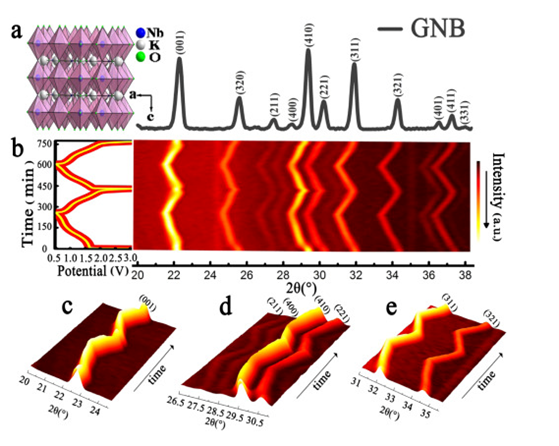
Application of in-situ XRD in cell research
2024-04-01 23:00In-situ XRD technology has been widely used in the study of electrode materials. According to the position and intensity changes of in-situ XRD diffraction peaks, the intermediates generated during the cycle can be inferred, and the reaction mechanism can be further derived from these intermediates.
In situ XRD test, there are two different modes of reflection and transmission. Due to the requirement of X-ray source intensity, synchrotron radiation source is used as the diffraction source in this mode.

There are four main reaction mechanisms of electrode materials characterized by in-situ XRD: single-phase reaction, phase transition reaction, transformation reaction and alloying reaction. Fig b is a schematic diagram of the typical characteristics of them. In the single-phase reaction, no new peak appears and only the original peak shifts. In the phase transition reaction, not only the displacement of the original peak occurs, but the most obvious phenomenon is that the strength of the original peak weakens and a new peak appears during the cycle. The phase transition that occurs is generally reversible or quasi-reversible and does not bring about particle pulverization after cycling. In the conversion reaction, the new phase is formed during the ion embedding process, and the original phase disappears, indicating that the original substance is transformed into other substances.

